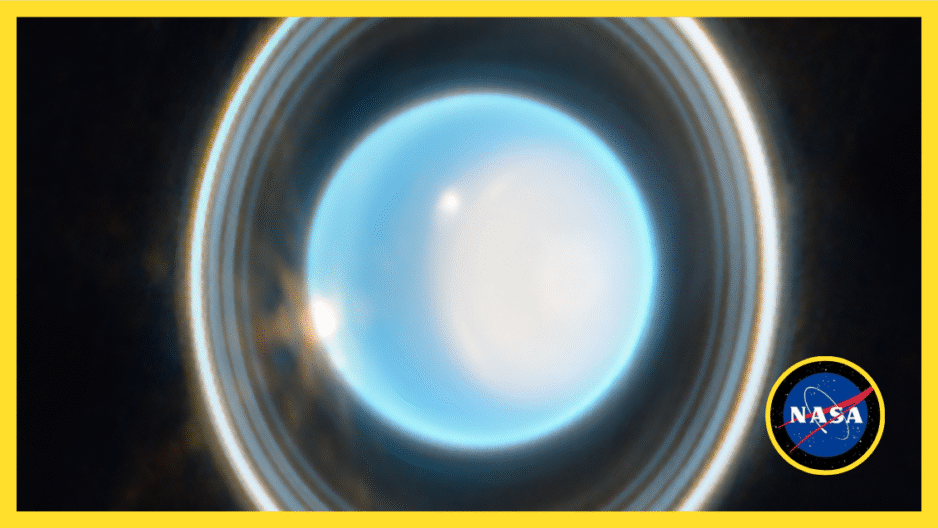The Alzheimer’s Disease Data Initiative (AD Data Initiative), with support from Bill Gates and other partners, has announced a groundbreaking global competition: the Alzheimer’s Insights AI Prize. This contest offers a hefty $1 million reward to the team that develops the most innovative AI tool to advance Alzheimer’s and dementia research.
Why Focus on AI?
Alzheimer’s disease impacts millions of people worldwide. As the population ages, this number is expected to soar to 152 million cases by 2050. Traditional research methods can be slow and limited, but artificial intelligence (AI) has the potential to change everything. This particular competition is looking for “agentic AI” solutions—AI that can plan, reason, and act independently, not just follow instructions. Such AI can help scientists analyze massive datasets, discover drugs faster, identify new biomarkers, and even improve clinical trials.
How Does the Competition Work?
Opened on August 19, 2025, the prize invites AI engineers, biomedical experts, and global innovators to submit their best solutions. The winning team’s tool will be shared for free on the AD Workbench—a cloud-based platform supporting worldwide collaboration among Alzheimer’s researchers.
What Makes Agentic AI Special?
Unlike other AI tools, agentic AI acts almost like a human collaborator. It can sift through enormous sets of information—like brain scans, genetic data, and patient records—spotting patterns that humans might miss. This could dramatically speed up our understanding of Alzheimer’s, enabling earlier and more effective interventions.
The Vision Ahead
For Bill Gates, the mission is personal and urgent. By encouraging global innovation with a $1 million incentive, the AD Data Initiative hopes to break new ground in Alzheimer’s research, bringing hope to millions of families worldwide.
Read more on: Technologynetworks, Geekwire, Alzheimersdata



